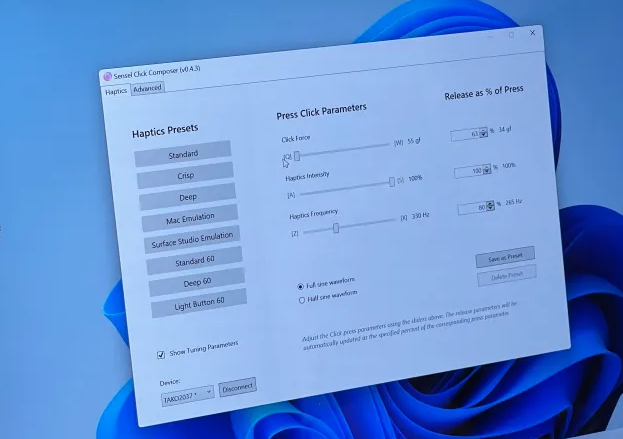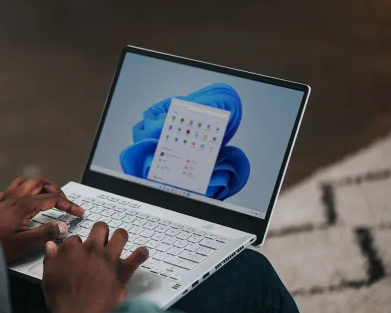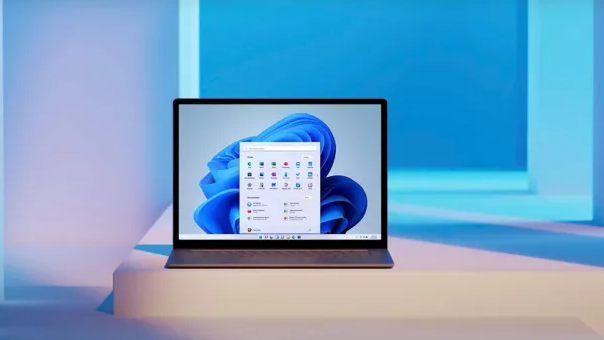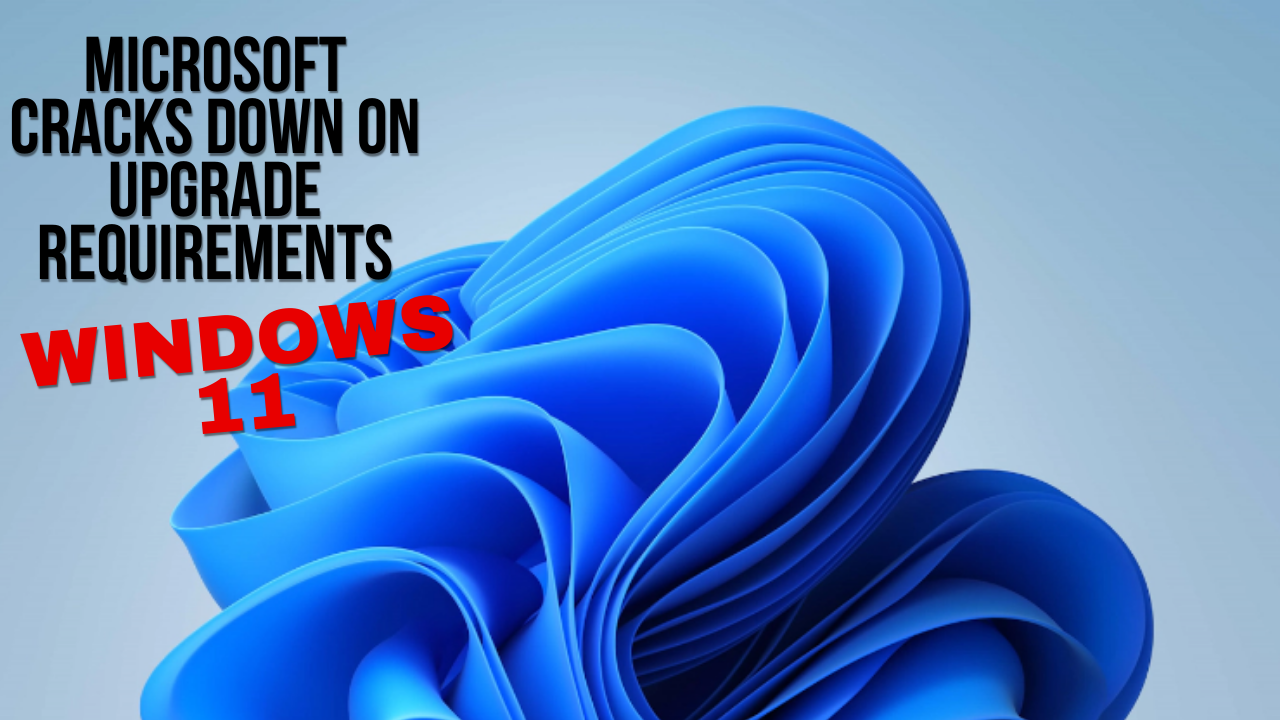Microsoft Cracks Down on Windows 11 Upgrade Requirements
In 2024, Microsoft has continued to intensify its enforcement of stringent upgrade requirements for Windows 11. This move has created a significant divide among users, as it has rendered many older devices ineligible for the latest OS version. With these stricter rules, Microsoft aims to improve security, performance, and system stability, but the strategy has sparked both praise and controversy in the tech community.
**Windows 11’s Hardware Requirements**
The primary cause of concern stems from Microsoft’s demanding hardware specifications for Windows 11. To install the new operating system, devices must meet certain conditions, including:
– **TPM 2.0 (Trusted Platform Module)**: This security component has become a non-negotiable requirement for upgrading to Windows 11. The TPM helps ensure hardware-based security features, such as encryption and protection from malicious software. While newer devices come with TPM 2.0 built in, many older PCs lack it, leaving users unable to upgrade.

– **Secure Boot**: Secure Boot ensures that a device starts using software that is trusted by the hardware manufacturer. This feature is essential for blocking malware and unauthorized software during startup, another critical part of Windows 11’s focus on security.
– **CPU Compatibility**: Microsoft has a specific list of compatible CPUs for Windows 11. Users with older processors, such as Intel 7th Gen Core or AMD Ryzen 1000 series, are out of luck. Only 8th Gen Intel Core processors and newer, or AMD Ryzen 2000 series and newer, are officially supported.
– **4GB RAM and 64GB Storage**: The minimum memory and storage requirements have been updated to ensure that the OS runs smoothly, but this excludes many devices that are still running Windows 10 but do not meet these thresholds.
**The Reasoning Behind Stricter Policies**
Microsoft’s rationale for these tougher requirements revolves around enhancing security and optimizing the overall user experience. **Security has been a critical focus**, as modern threats require more robust protections. By mandating TPM 2.0 and Secure Boot, Microsoft aims to secure devices against attacks at the hardware level.
Additionally, Windows 11 is designed to take advantage of **modern hardware innovations**, such as faster processors, SSDs, and GPUs. By restricting support to newer CPUs, Microsoft ensures that users can benefit from features like faster boot times, better multitasking, and enhanced gaming performance. In essence, the company wants users to experience the best of what Windows 11 has to offer on capable devices.
However, critics argue that these requirements could **alienate a significant portion of the user base**, particularly those with relatively old but still functional machines. Many users still rely on older PCs for daily tasks, and the abrupt shift to a hardware-dependent upgrade policy has been described as exclusionary.

**User Reactions and Workarounds**
The stricter requirements have led to a polarized reaction from Windows users. Some appreciate Microsoft’s efforts to create a more secure and future-proof operating system. For others, especially those with non-compliant hardware, the transition to Windows 11 has been frustrating.
Users of older PCs face a difficult choice: either invest in a new, compliant device or stick with Windows 10, which Microsoft has committed to supporting until October 2025. The looming end-of-support deadline has left many scrambling to explore workarounds to install Windows 11 on incompatible hardware.
One widely discussed workaround is using Microsoft’s **Media Creation Tool** to bypass certain requirements, allowing users to install Windows 11 on unsupported devices. However, Microsoft has warned that using unsupported hardware could lead to a suboptimal experience, including instability and an inability to receive future updates.

**The Future of Windows 11 Adoption**
As Microsoft continues to roll out new features and updates for Windows 11, the company is expected to double down on its hardware requirements. This trend indicates that future versions of Windows may even introduce **more stringent requirements** as technology evolves and security needs increase.
For now, Windows 11 users can expect faster updates, better integrations with Microsoft’s ecosystem, and a greater emphasis on security. However, for those whose devices don’t make the cut, the options remain limited. Upgrading hardware or sticking with an older, potentially vulnerable version of Windows will be the reality for many as Microsoft pushes ahead with its vision for a more secure and optimized OS.
Microsoft’s crackdown on Windows 11 upgrade requirements represents a pivotal moment in its software strategy. While the decision emphasizes security and performance, it has also stirred controversy, leaving millions of users with tough decisions about the future of their devices. As technology continues to advance, Microsoft is likely to stay committed to its path of prioritizing security and cutting-edge features, but the cost of this progression may be too steep for those using older hardware.

